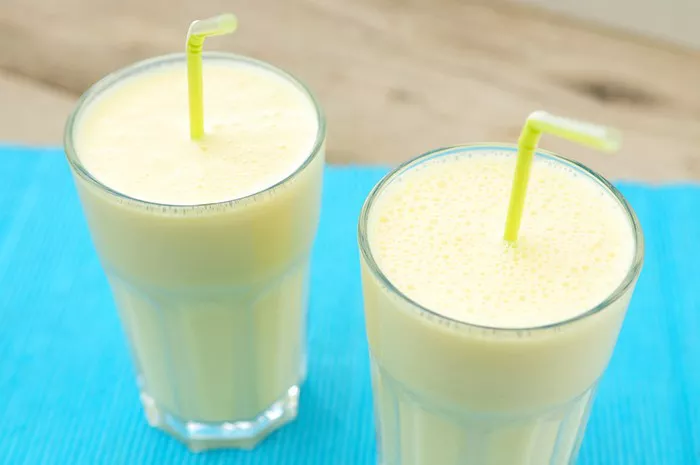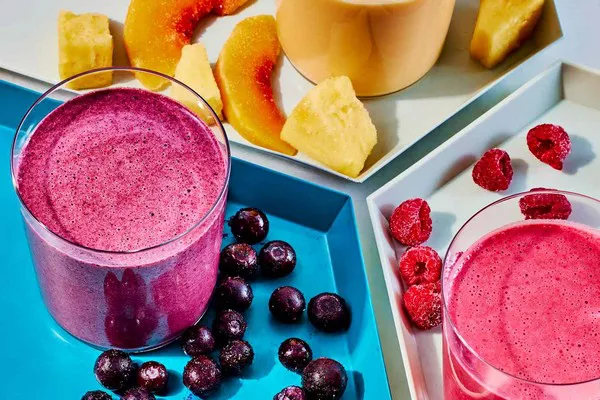When delving into the world of baking and chocolate-based desserts, you may come across various types of cocoa products. Two commonly used terms are “baking cocoa” and “cocoa powder.” While many people use these interchangeably, there are distinct differences between them that can affect your baking outcomes. Understanding these nuances can help you achieve the perfect texture, flavor, and color in your baked goods. Let’s break down the essentials to clarify any confusion.
Understanding Cocoa Powder
What Is Cocoa Powder?
Cocoa powder is a finely powdered form of cocoa beans that have been roasted, hulled, and ground. It is a staple ingredient in many chocolate-based recipes, including cakes, cookies, brownies, and hot cocoa drinks. Cocoa powder is rich in antioxidants and has a robust, intense chocolate flavor.
Types of Cocoa Powder
Natural Cocoa Powder (Unsweetened)
This type is made from cocoa beans that have been fermented, roasted, and then ground into a fine powder. It has a strong, bitter taste due to its high content of cocoa solids and lack of added sugar.
Natural cocoa powder is often labeled as “unsweetened” or “100% cocoa.”
Dutch-Processed Cocoa Powder
Dutch-processed cocoa powder undergoes an additional treatment called alkalization (or Dutching), which neutralizes the cocoa’s natural acids. This process alters the pH level, making the cocoa powder milder in flavor and darker in color.
Dutch-processed cocoa is often preferred in recipes that call for baking soda since it reacts differently than natural cocoa powder.
How Cocoa Powder Is Used
Cocoa powder is versatile and can be used in various baking applications. Here are some common uses:
Hot Cocoa and Beverages: Mix cocoa powder with milk, water, or another liquid to create hot cocoa or other chocolate-flavored drinks.
Baking: Use cocoa powder to add chocolate flavor to cakes, cookies, brownies, and other baked goods. The type of cocoa powder (natural or Dutch-processed) can impact the final texture and flavor of your baked goods.
Frostings and Icings: Cocoa powder can be used to create chocolate frostings, icings, and glazes.
Marshmallows and Candies: It adds chocolate flavor to homemade marshmallows, fudge, and other candies.
Introducing Baking Cocoa
What Is Baking Cocoa?
Baking cocoa is a general term that often refers to cocoa powder specifically formulated or marketed for baking purposes. It can be either natural or Dutch-processed cocoa powder, but the packaging may emphasize its suitability for baking.
Key Characteristics
Consistency: Baking cocoa is usually a finely powdered form, similar to regular cocoa powder.
Flavor Profiles: The flavor can vary based on whether it is natural or Dutch-processed. Natural baking cocoa will have a more intense, bitter flavor, while Dutch-processed baking cocoa will be smoother and less acidic.
Usage: Baking cocoa is specifically intended for use in baked goods, ensuring consistent results in terms of flavor, color, and texture.
Types of Baking Cocoa
Natural Baking Cocoa: This is unsweetened cocoa powder that has not undergone Dutch processing. It retains the natural acidity and bitterness of cocoa beans.
Dutch-Processed Baking Cocoa: This type has undergone alkalization, making it milder and darker in color. It reacts better with baking soda in recipes.
How Baking Cocoa Differs from Regular Cocoa Powder
While baking cocoa and regular cocoa powder share many similarities, the primary difference lies in their marketing and intended use. Regular cocoa powder can be used for baking, but baking cocoa is often packaged and marketed specifically for this purpose. Here are some key distinctions:
Packaging: Baking cocoa may come in packaging that clearly states it is intended for baking, which can be helpful for bakers looking for a reliable product.
Quality Control: Some brands may have stricter quality control standards for their baking cocoa to ensure consistent results in baked goods.
Formulation: In some cases, baking cocoa may be formulated with specific particle sizes or other characteristics to enhance its performance in baking.
Comparing Baking Cocoa and Cocoa Powder in Baking
Flavor and Taste
The flavor and taste of baked goods made with baking cocoa or regular cocoa powder will depend on whether the cocoa is natural or Dutch-processed. Natural cocoa powder will provide a more intense, bitter chocolate flavor, while Dutch-processed cocoa will be smoother and less acidic.
Texture
The texture of baked goods can also be affected by the type of cocoa powder used. Natural cocoa powder tends to make baked goods denser and more cake-like, while Dutch-processed cocoa can result in a lighter, airier texture.
Reactivity with Baking Ingredients
Baking Soda vs. Baking Powder: Natural cocoa powder is acidic, which means it reacts with baking soda to produce carbon dioxide and help baked goods rise. Dutch-processed cocoa, on the other hand, is less acidic and may not react well with baking soda. If a recipe calls for baking soda, using Dutch-processed cocoa could result in flatter baked goods. In these cases, switching to baking powder or adjusting the leavening agents may be necessary.
pH Balance: The pH balance of cocoa powder can also affect the browning of baked goods. Dutch-processed cocoa, due to its alkalinity, may cause baked goods to brown more quickly than those made with natural cocoa powder.
Color
Dutch-processed cocoa powder is darker in color than natural cocoa powder, which can affect the appearance of your baked goods. If you prefer a darker, richer color in your chocolate-based recipes, Dutch-processed cocoa may be a better choice.
Practical Tips for Using Baking Cocoa and Cocoa Powder
Storage
Store cocoa powder and baking cocoa in an airtight container in a cool, dry place. Avoid exposure to moisture and heat, which can cause the cocoa to lose its flavor and develop a stale taste.
Substituting One for the Other
In most recipes, you can substitute baking cocoa for regular cocoa powder and vice versa. However, be mindful of the type (natural or Dutch-processed) and adjust the recipe as needed to ensure the desired flavor, texture, and appearance.
Measuring
Use a dry measuring cup to scoop and level off cocoa powder or baking cocoa to ensure accurate measurements. Packing the cocoa into the measuring cup can result in too much being used, affecting the taste and texture of your baked goods.
Mixing and Dissolving
When adding cocoa powder or baking cocoa to recipes, mix it well with other dry ingredients to avoid streaks of unblended cocoa in your baked goods.
When making chocolate-based beverages, such as hot cocoa, whisk the cocoa powder or baking cocoa with a small amount of liquid (such as hot water or milk) until smooth to prevent lumps.
Experimenting with Different Types
Don’t be afraid to experiment with different types of cocoa powder and baking cocoa to see which ones you prefer for various recipes. The flavor and texture can vary widely, so finding the right one for your taste and baking needs may take some trial and error.
Conclusion
In summary, while baking cocoa and cocoa powder may seem interchangeable, they do have distinct differences that can impact your baking outcomes. Understanding the types of cocoa powder available (natural and Dutch-processed) and how they react with other baking ingredients is key to achieving the perfect flavor, texture, and color in your baked goods.
Whether you choose to use baking cocoa or regular cocoa powder, always pay attention to the specific type (natural or Dutch-processed) and adjust your recipe accordingly. With the right cocoa powder or baking cocoa, you can create delicious, chocolatey treats that will delight your taste buds and impress your friends and family. Happy baking!
Related Topics:


























